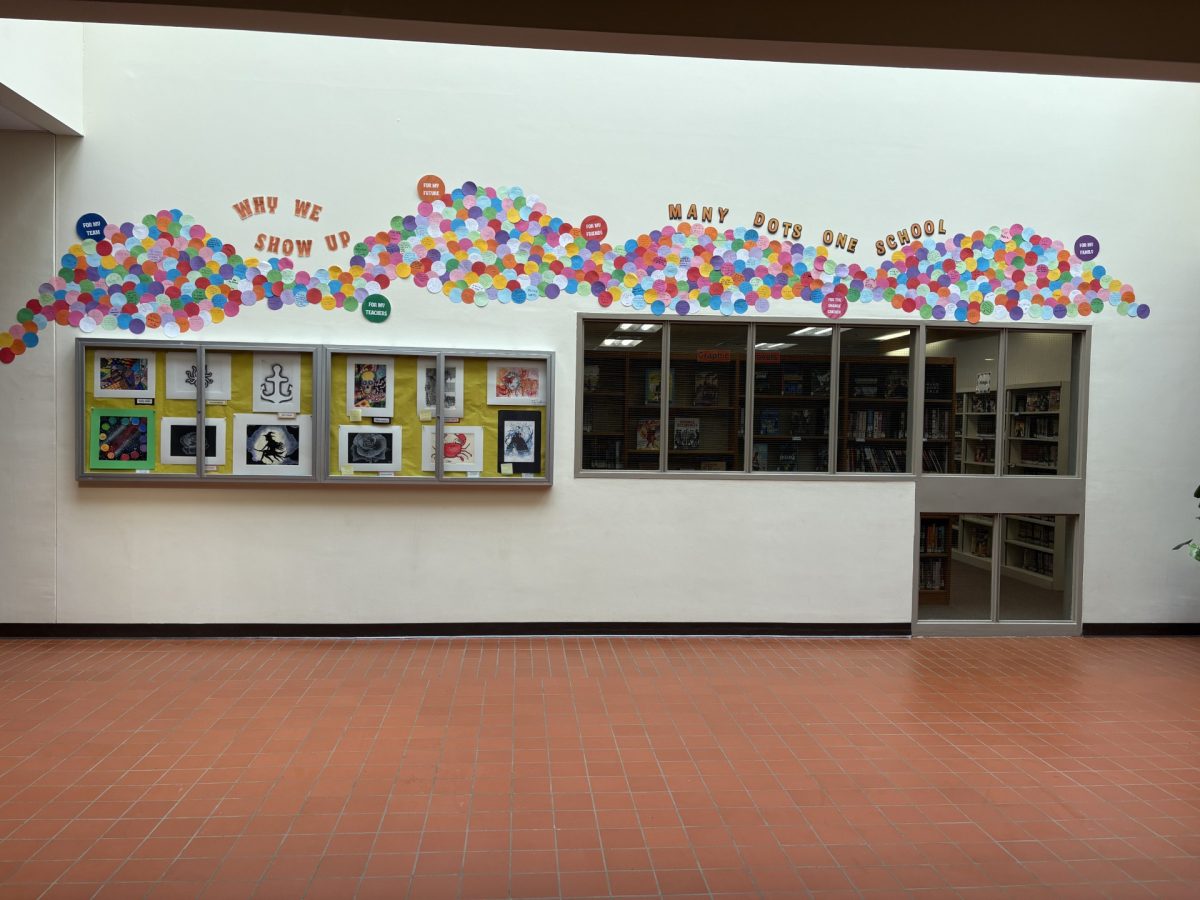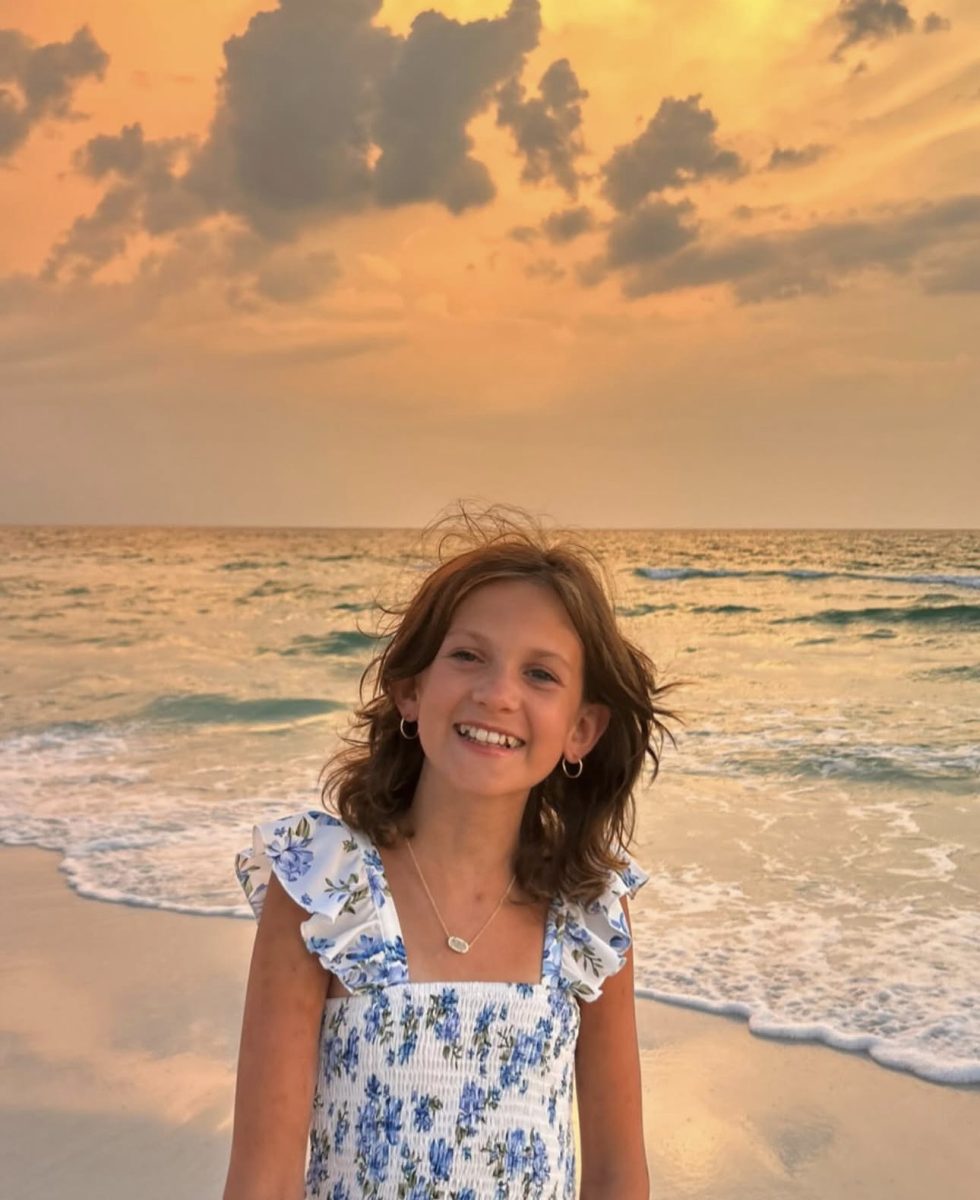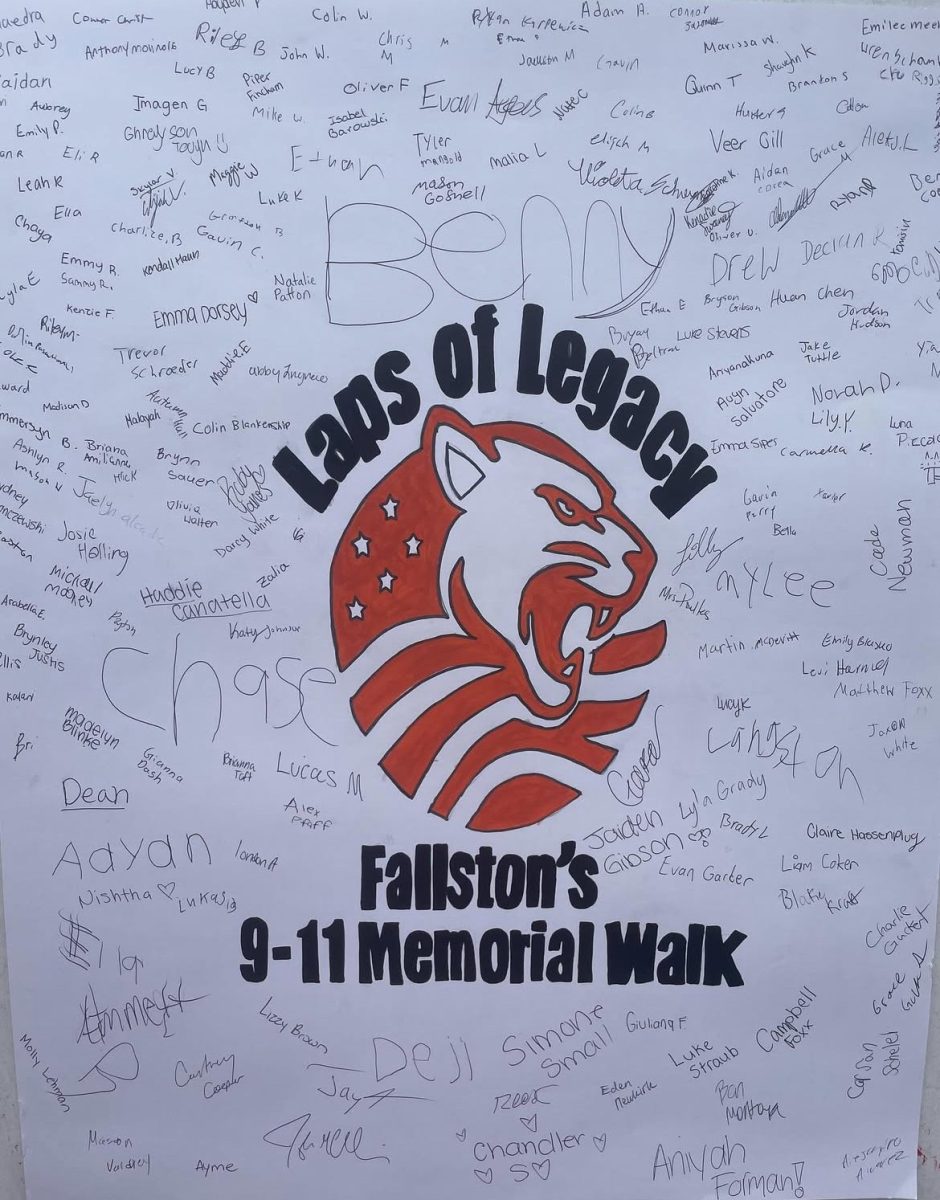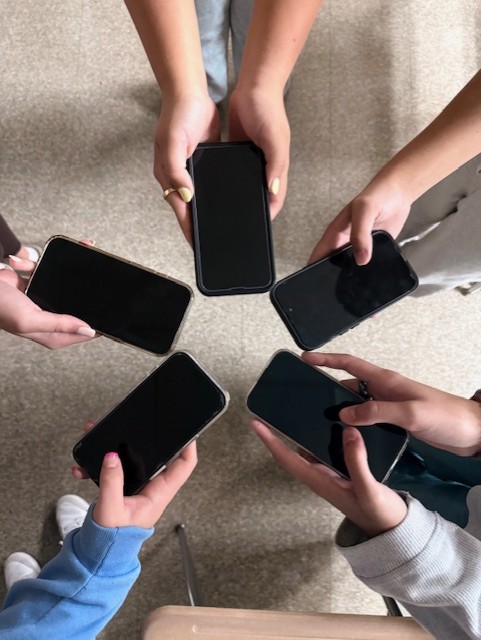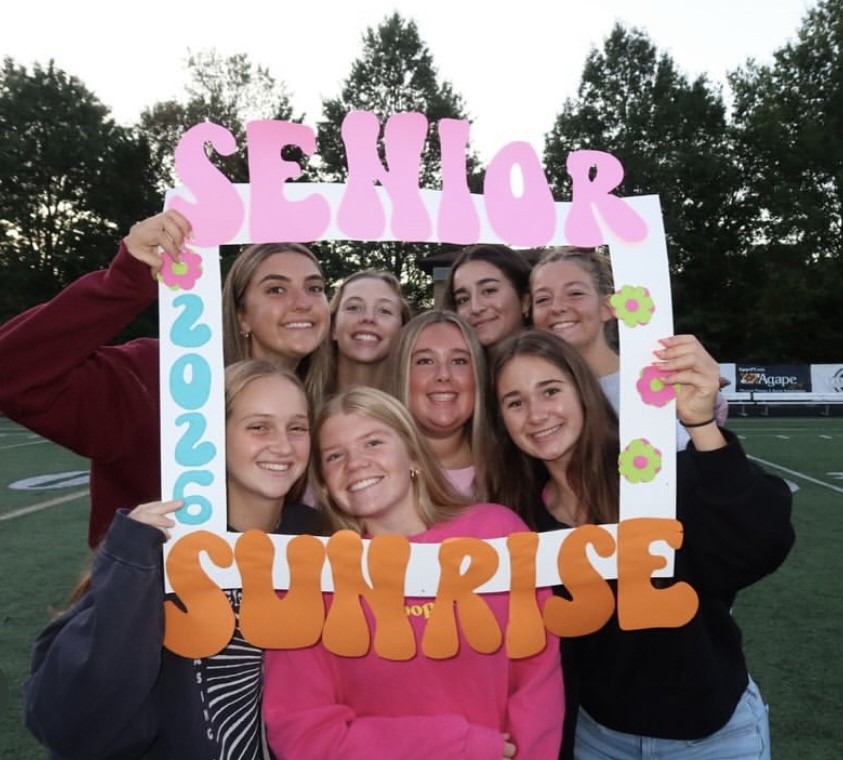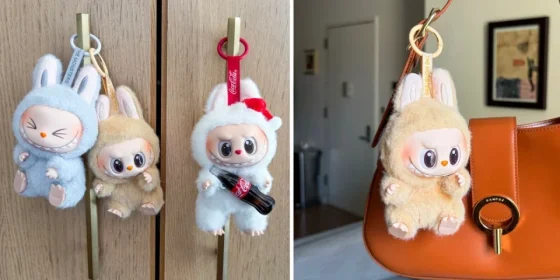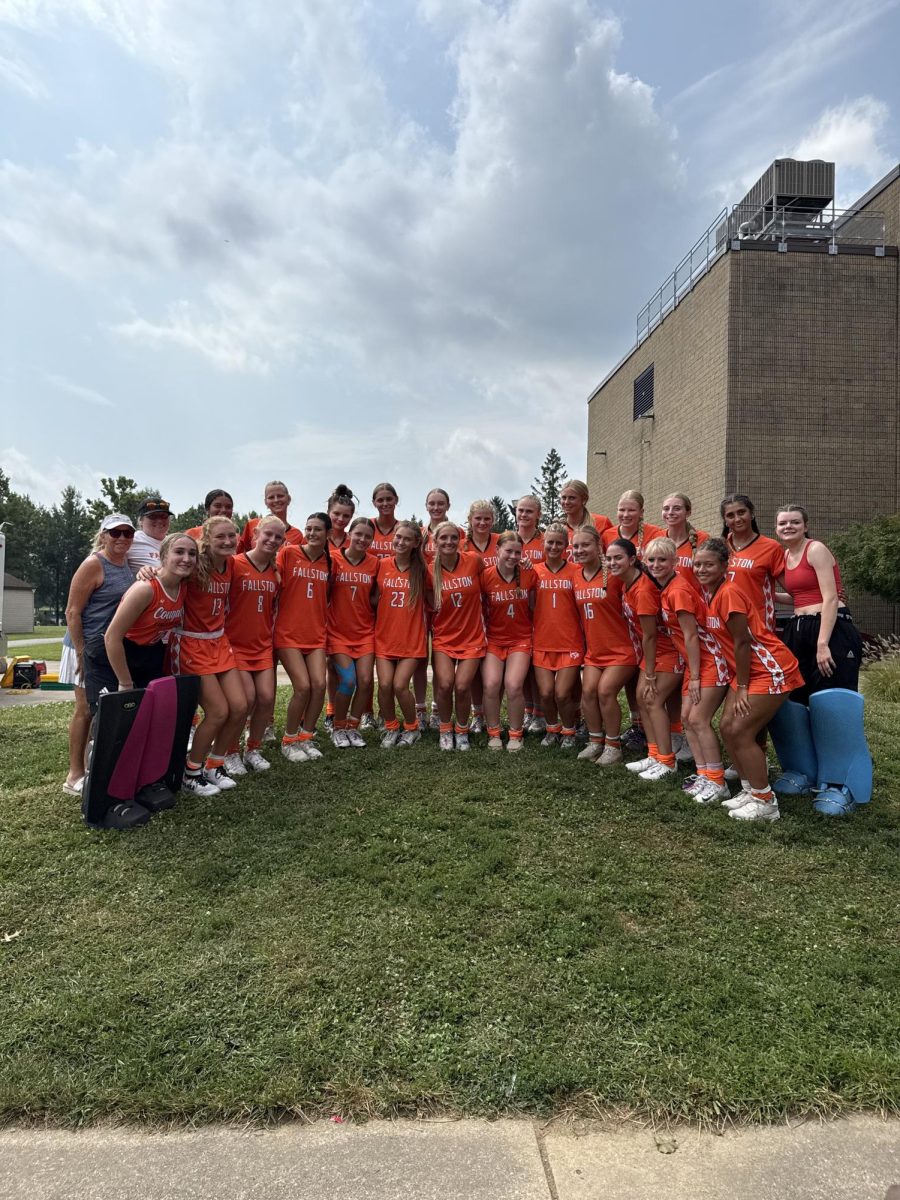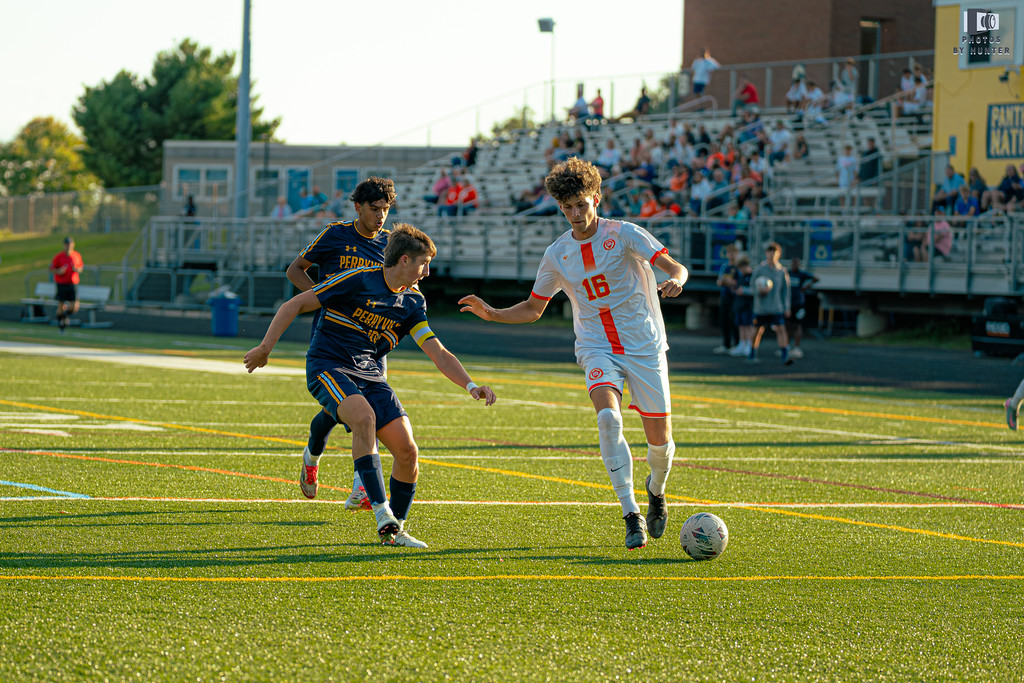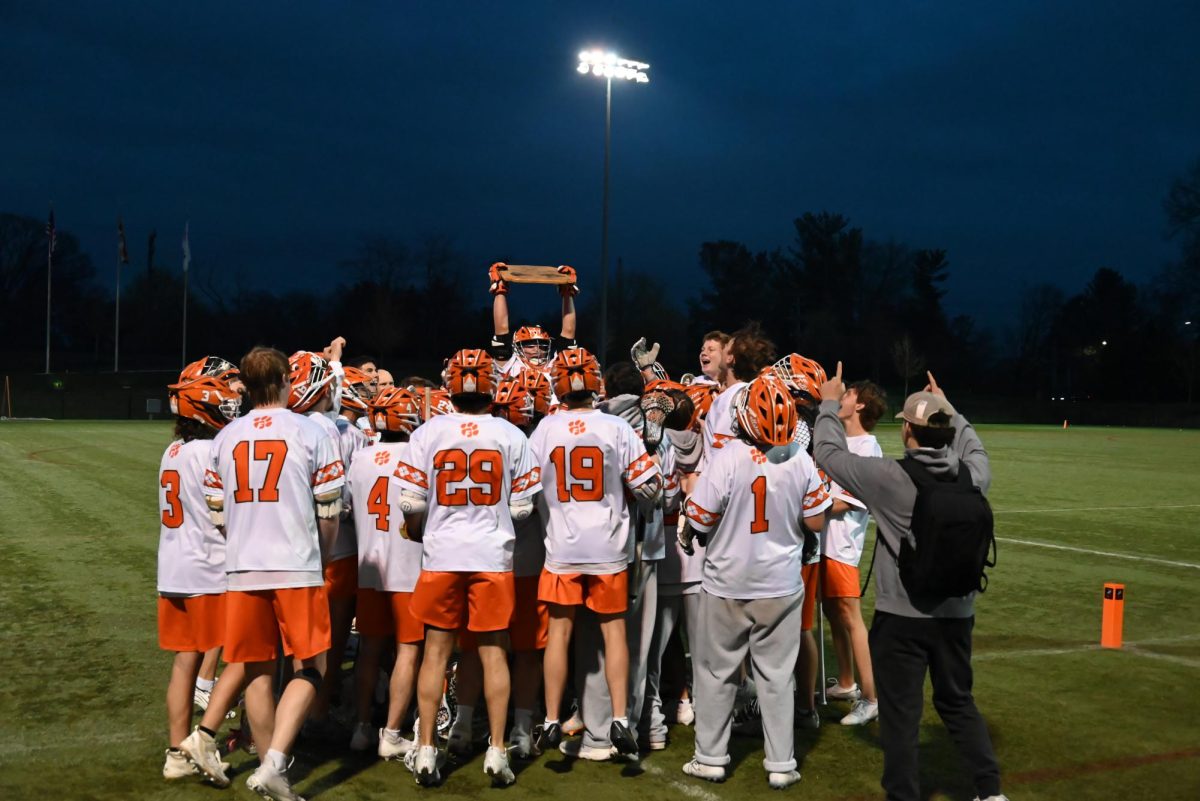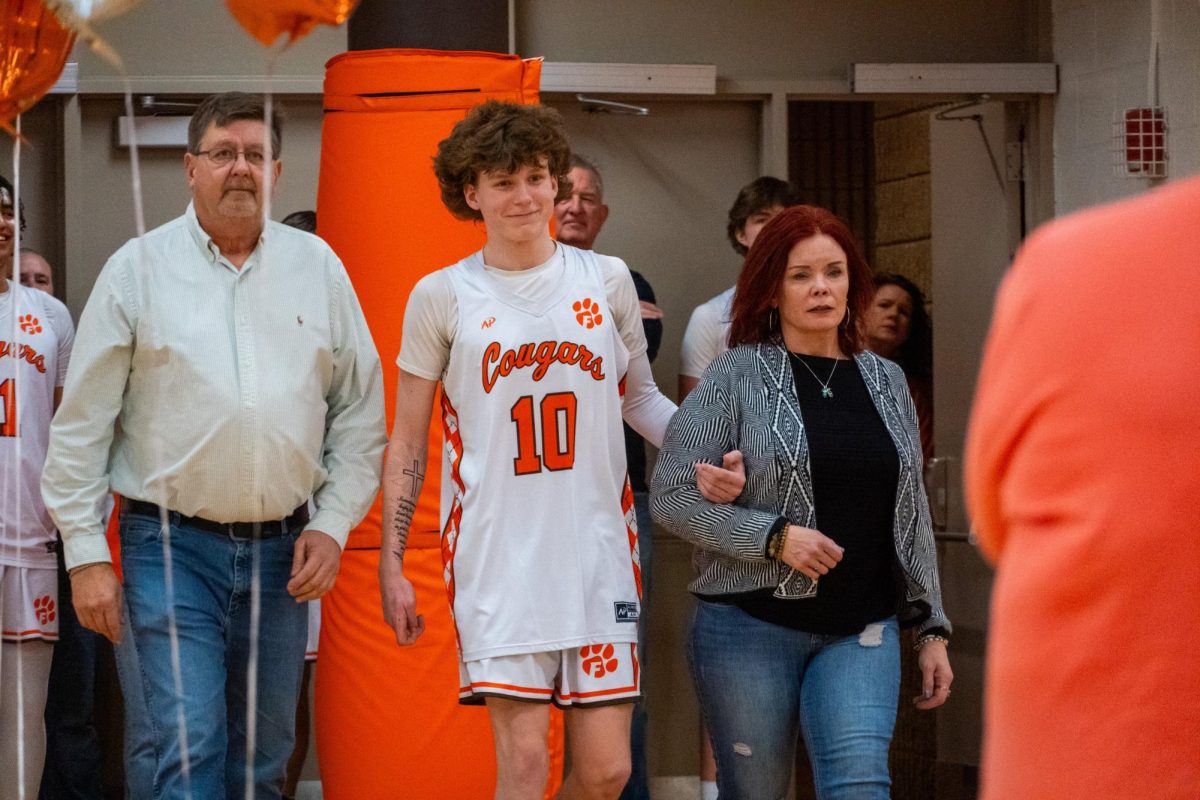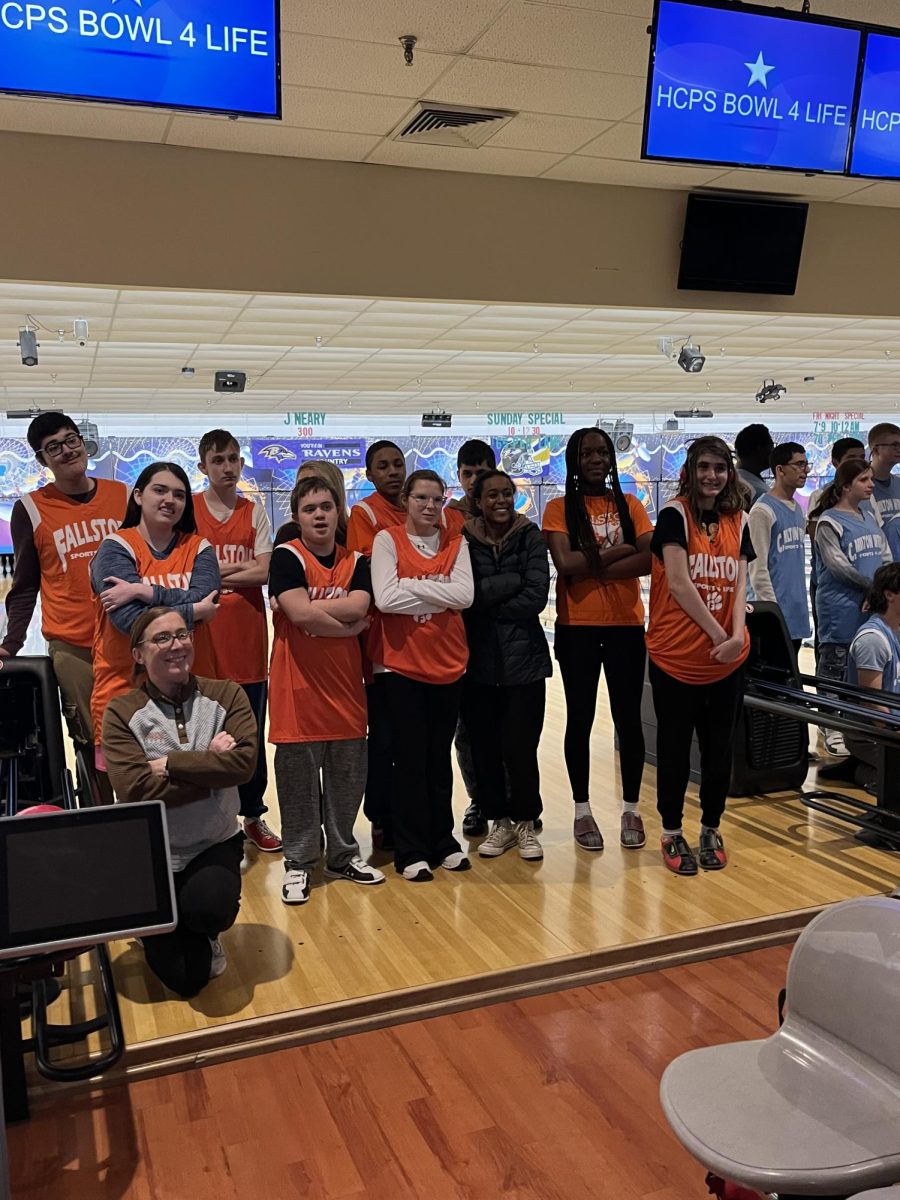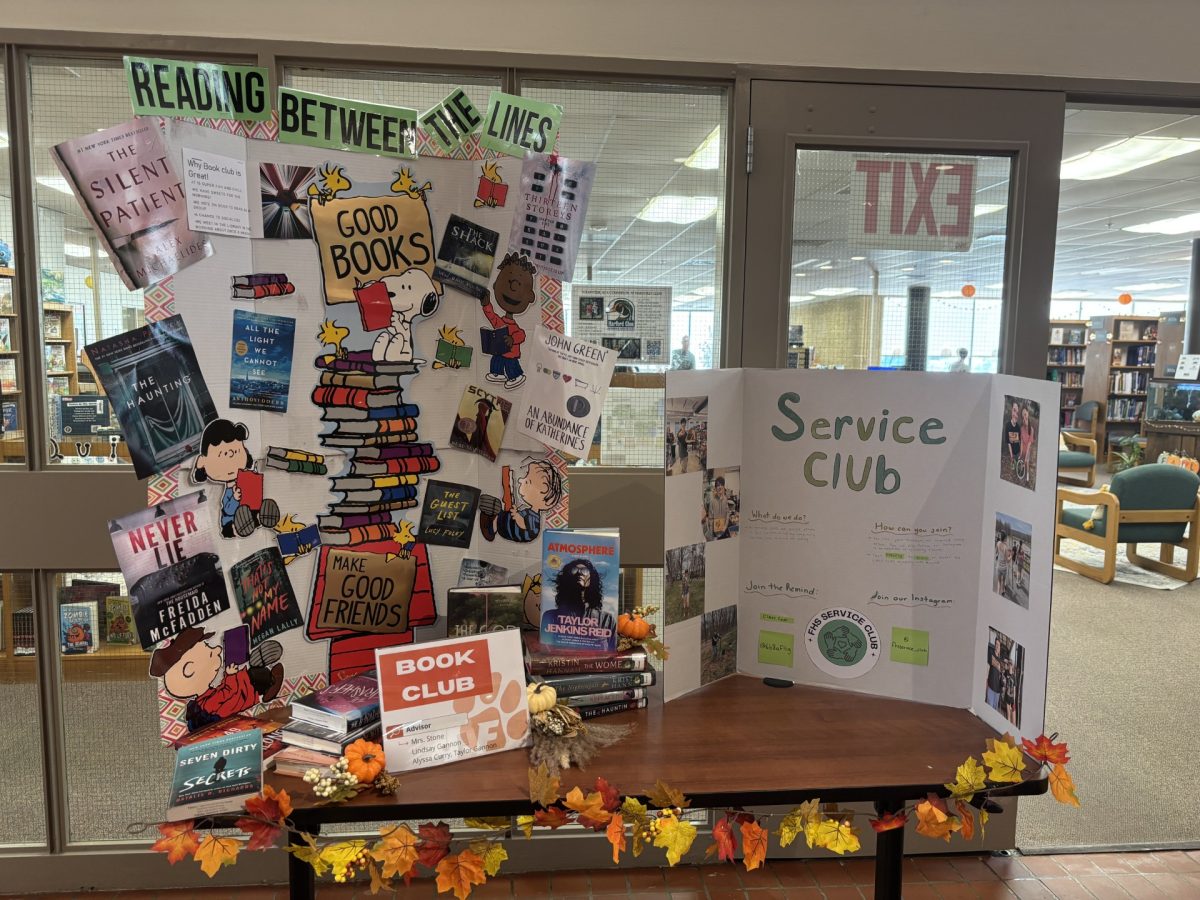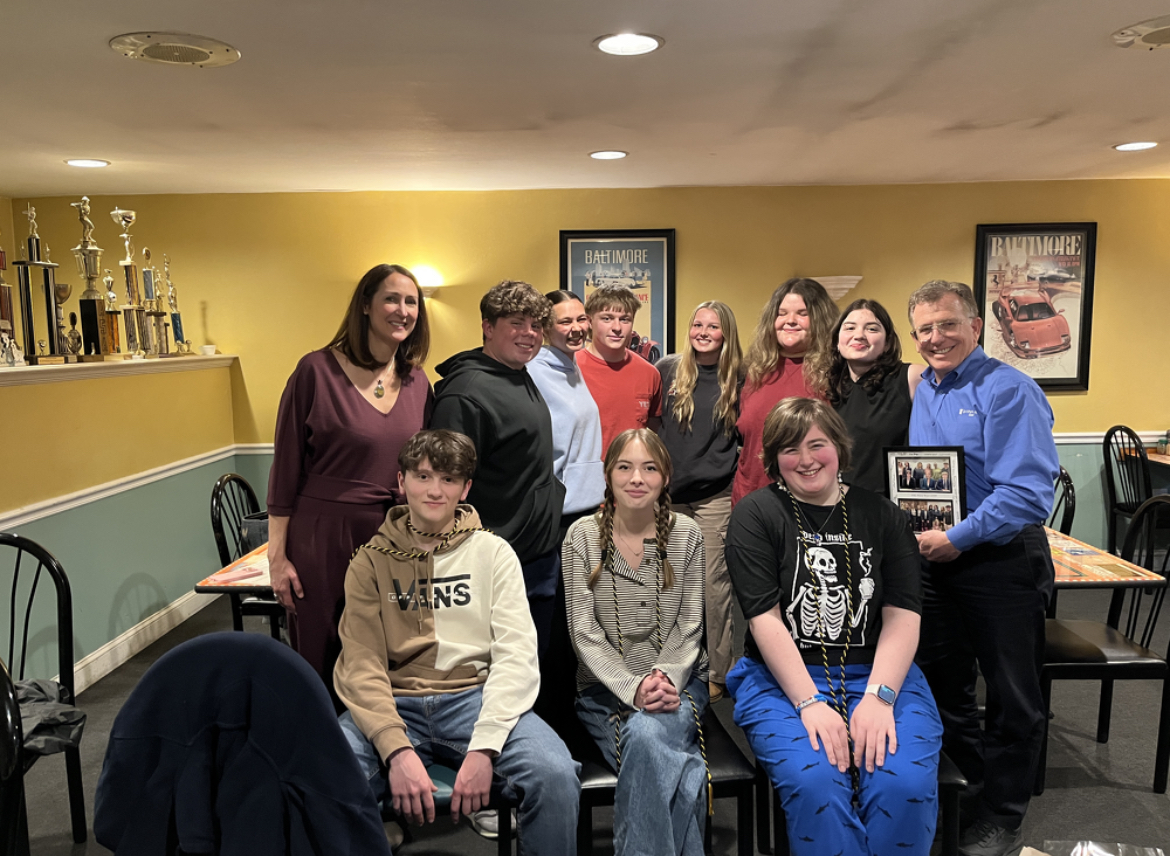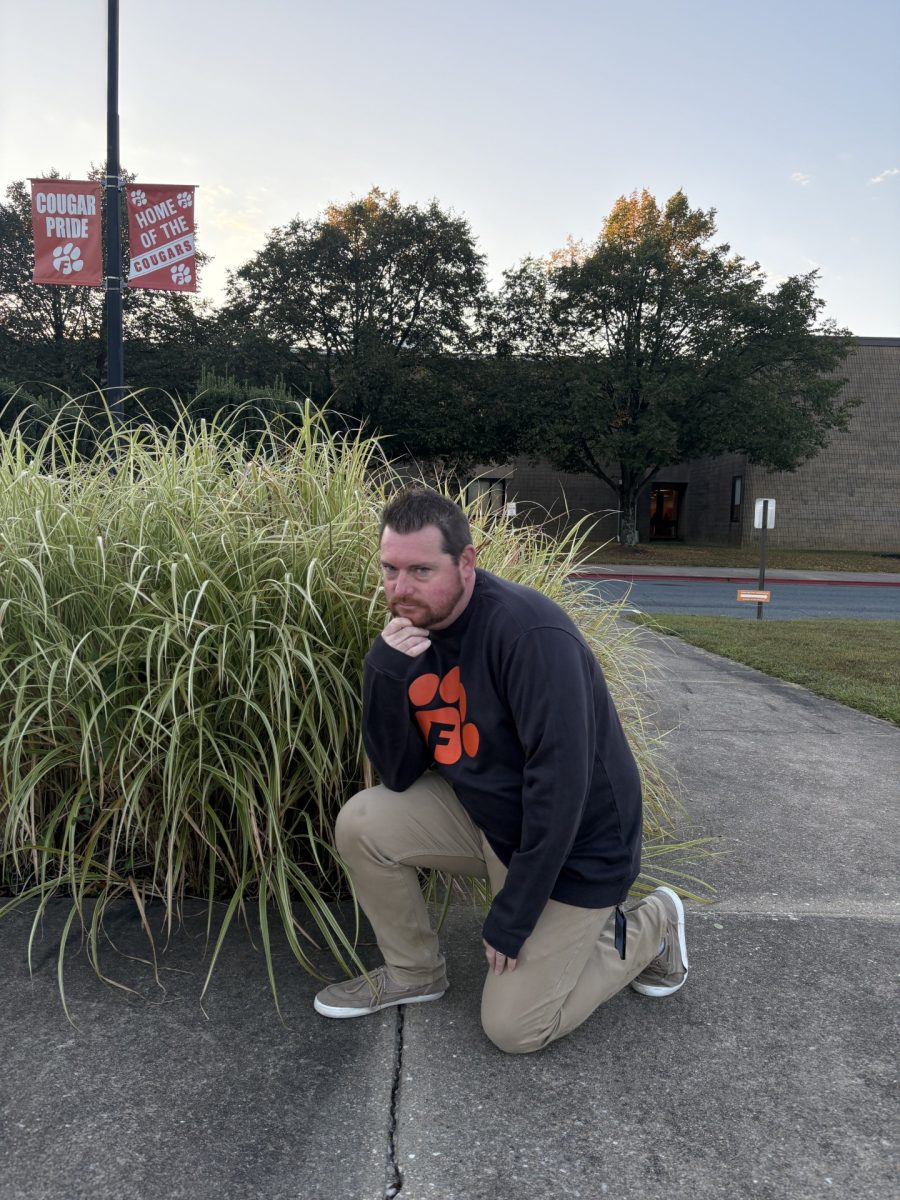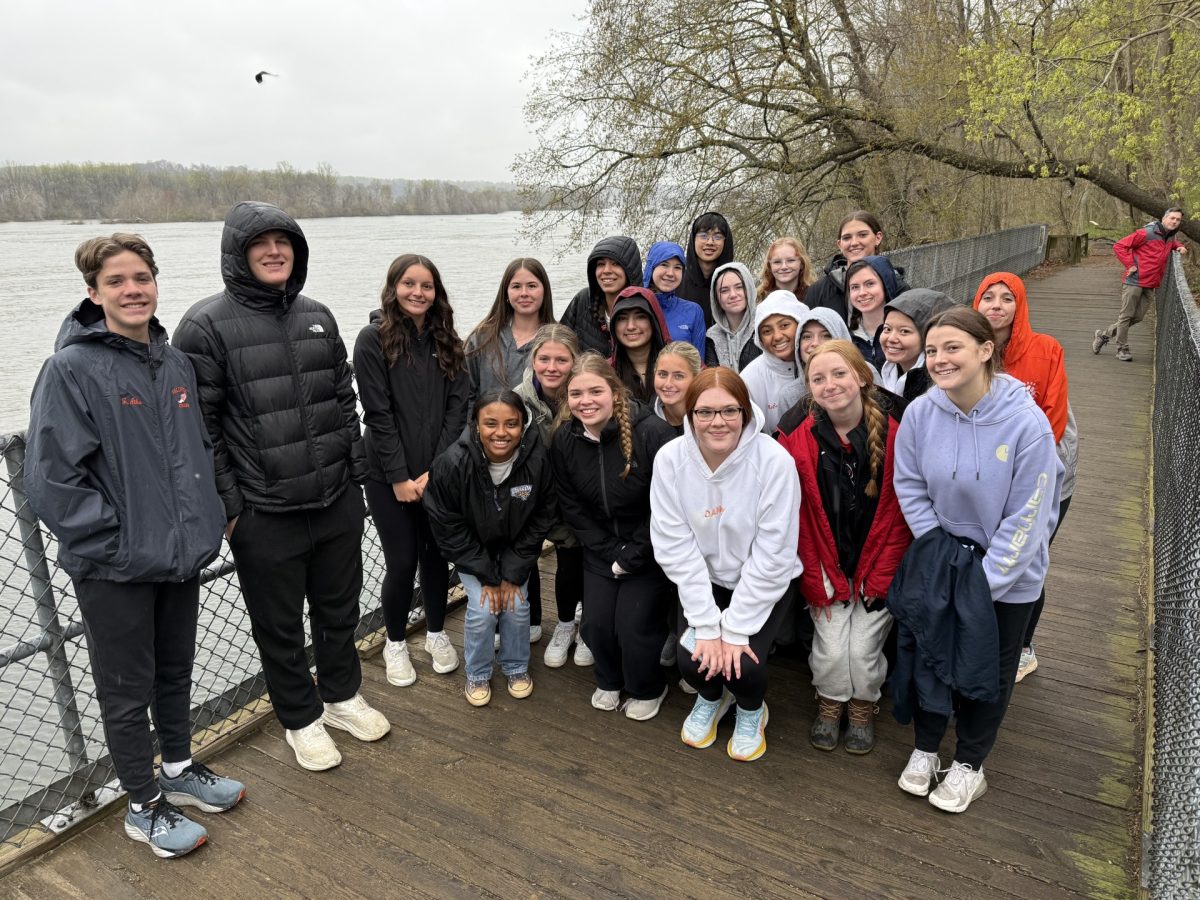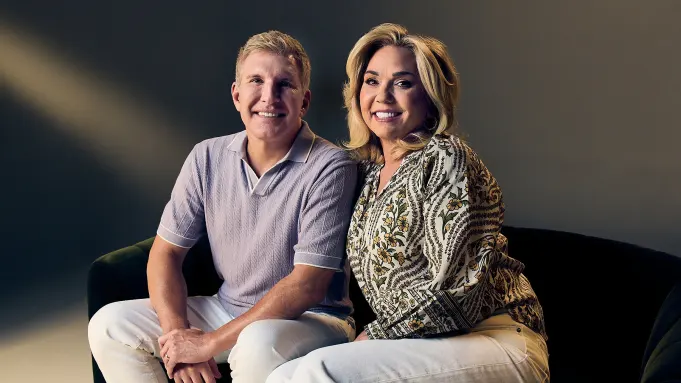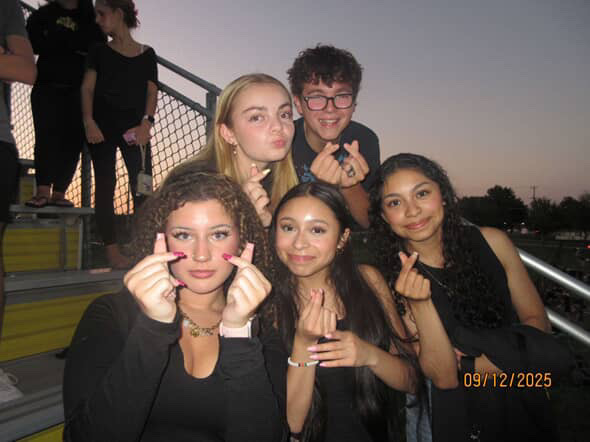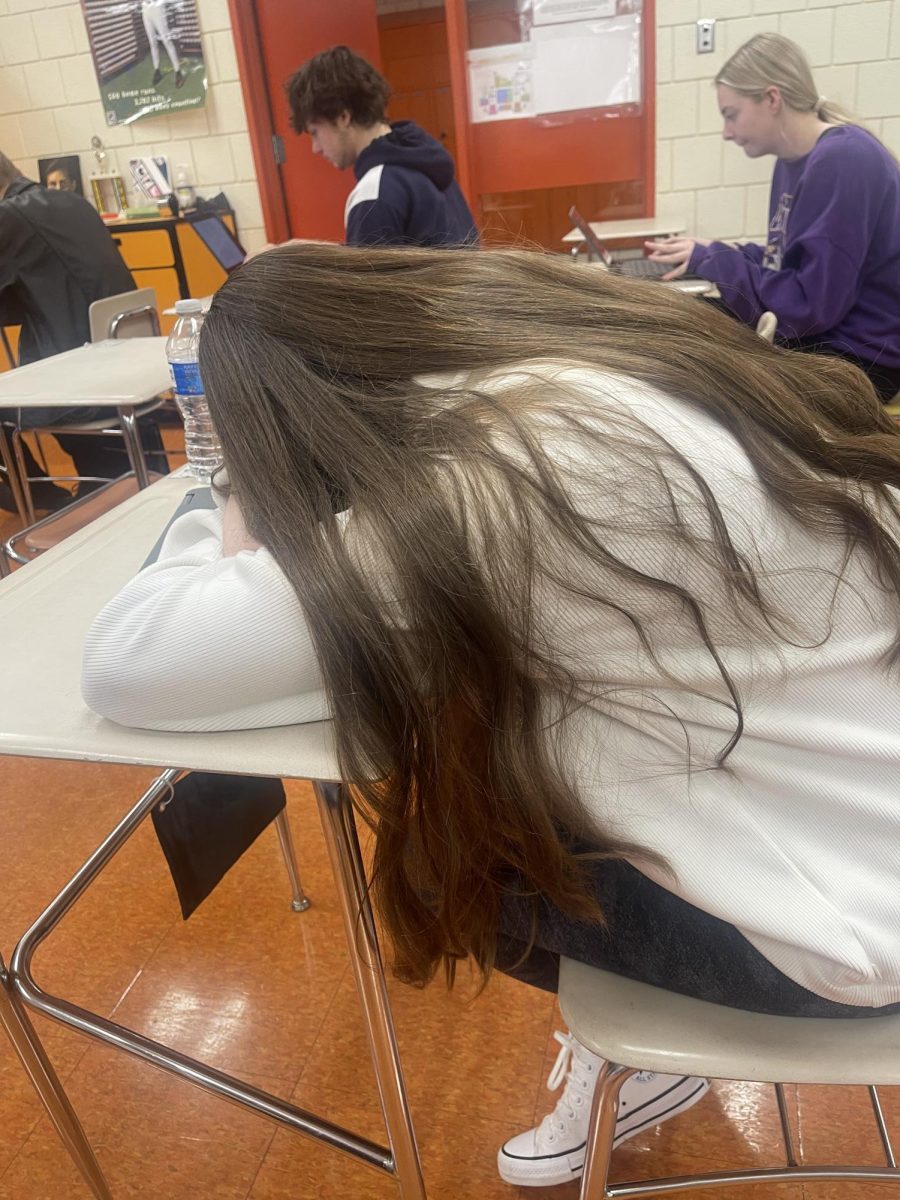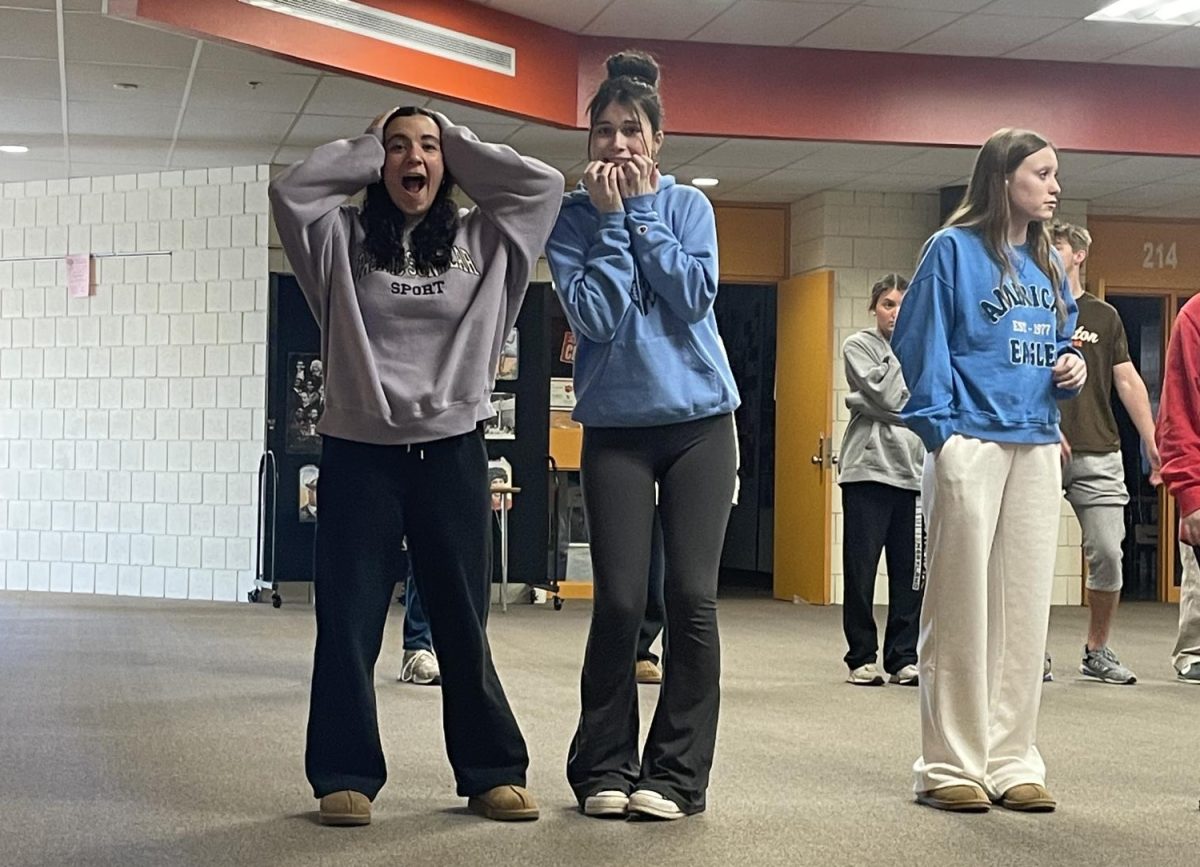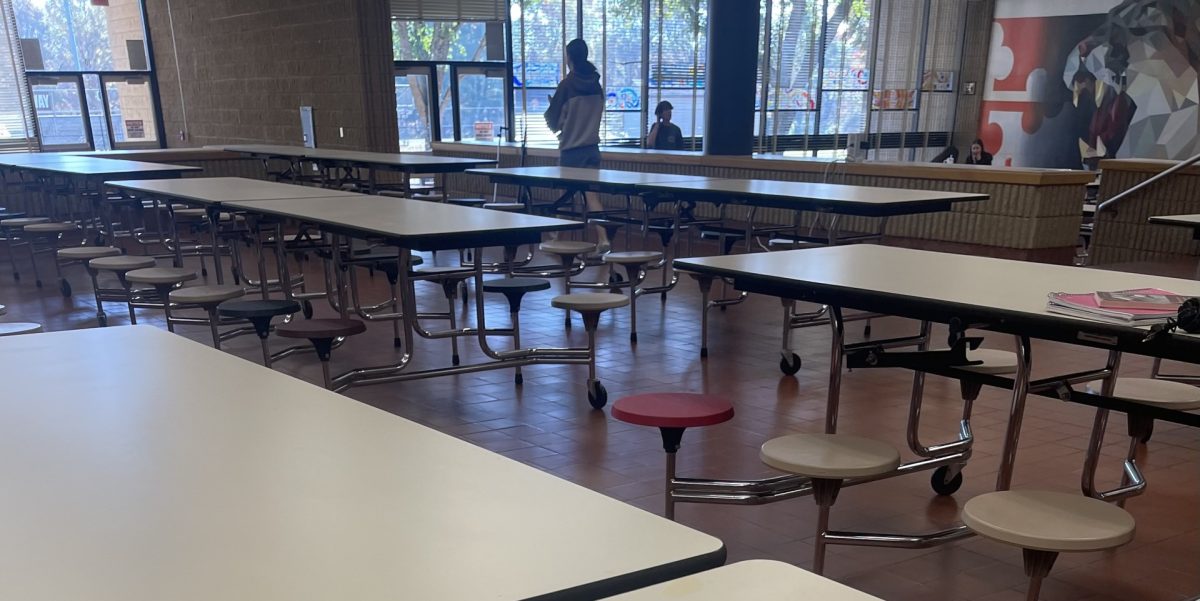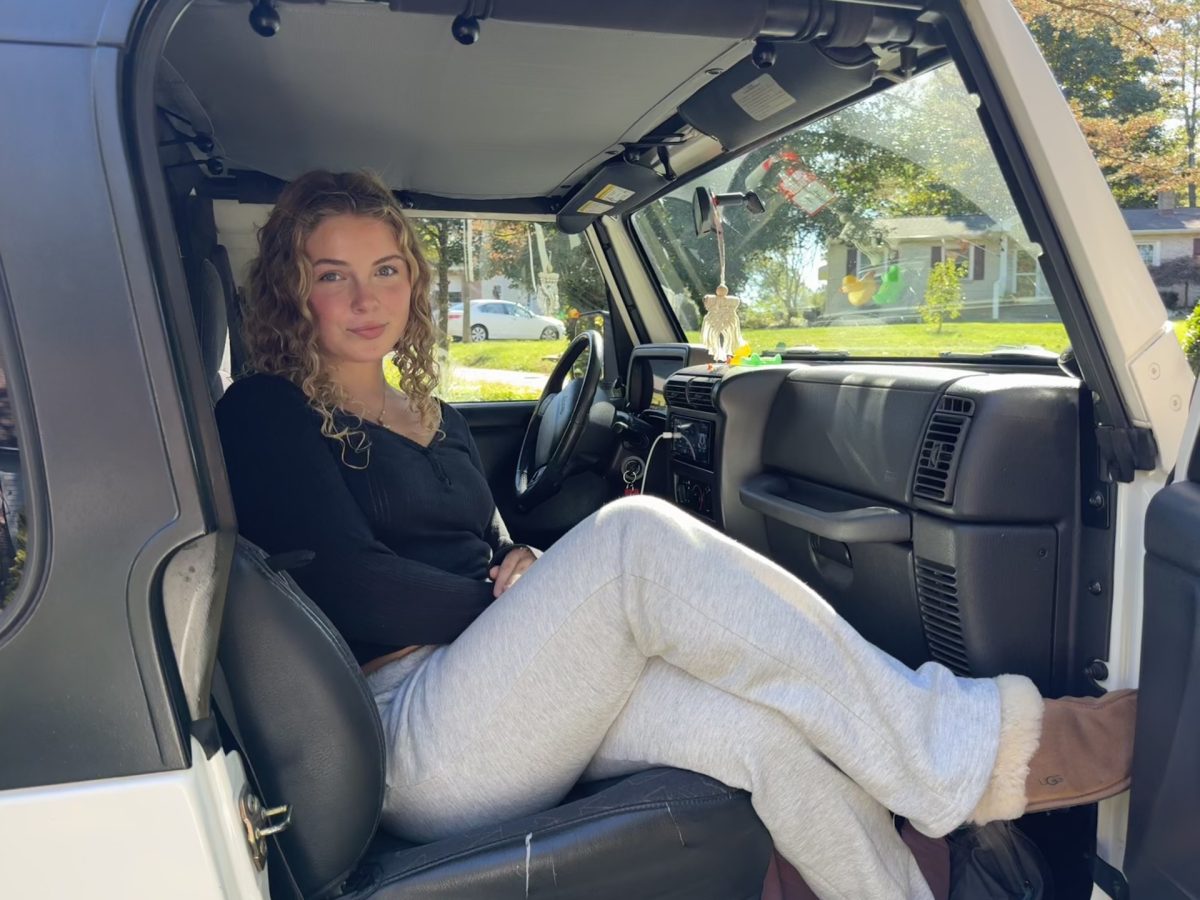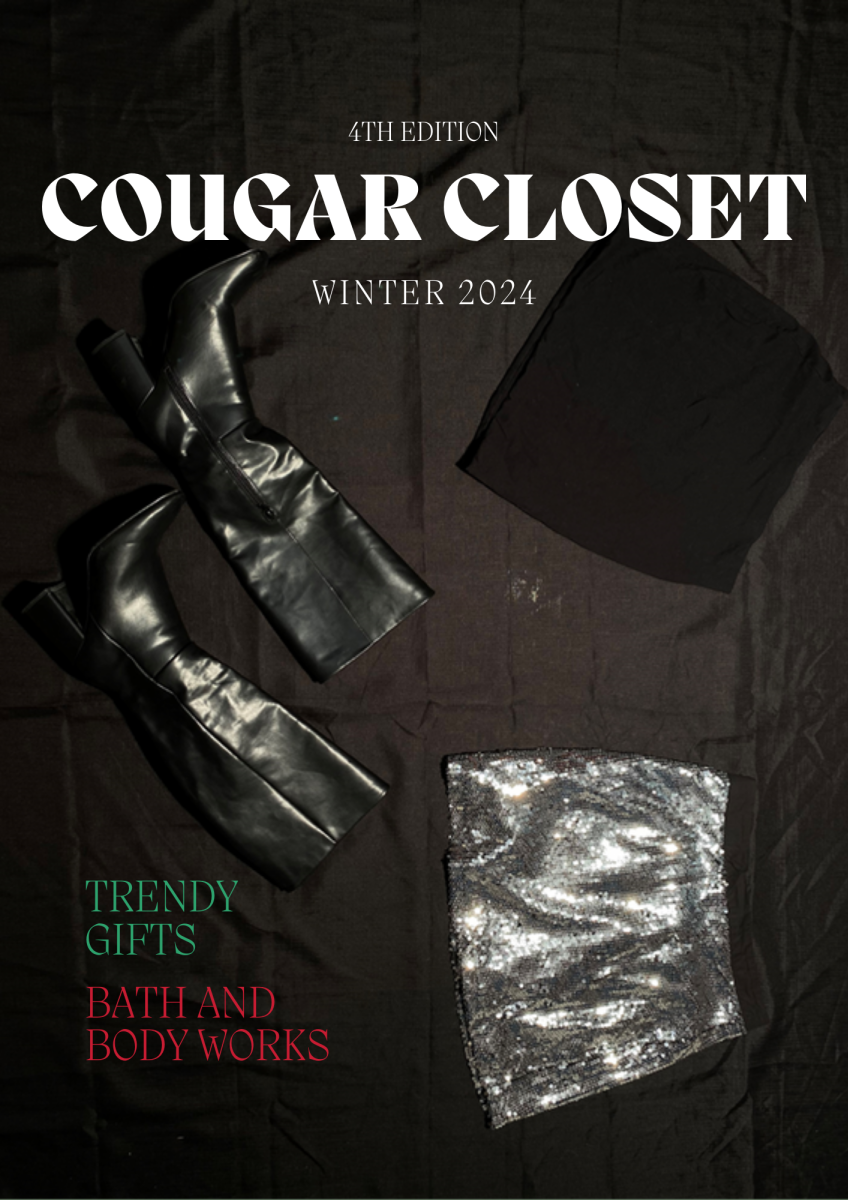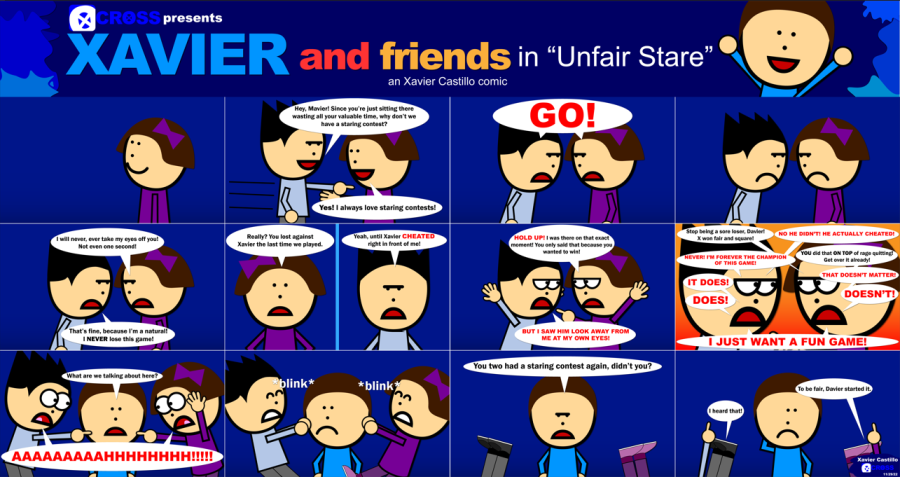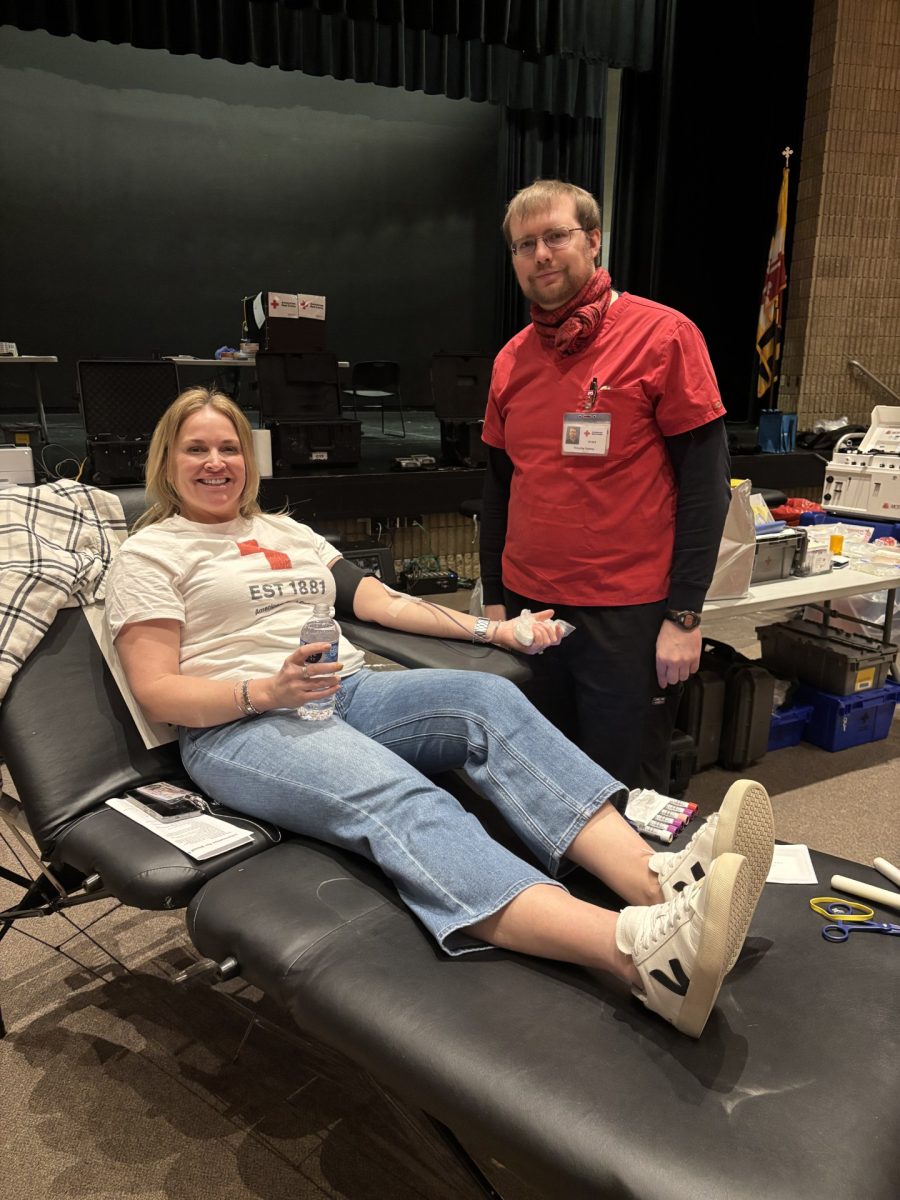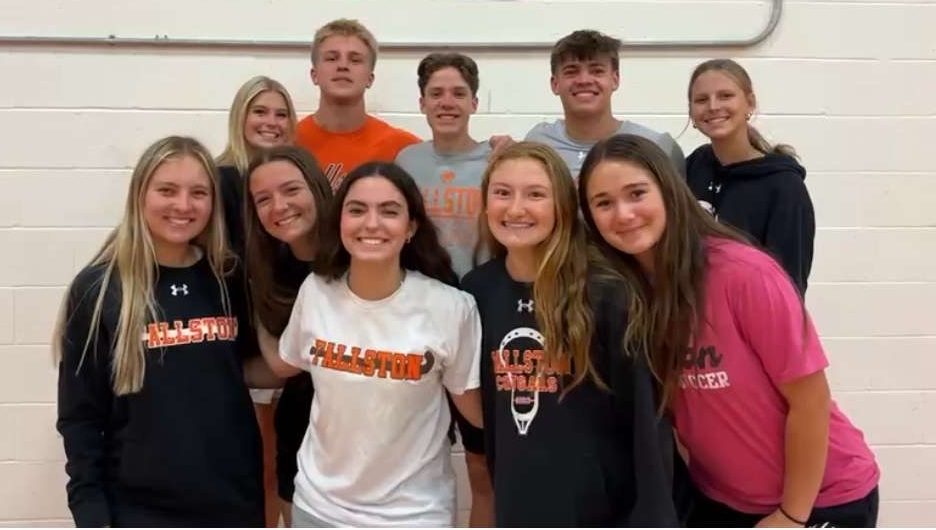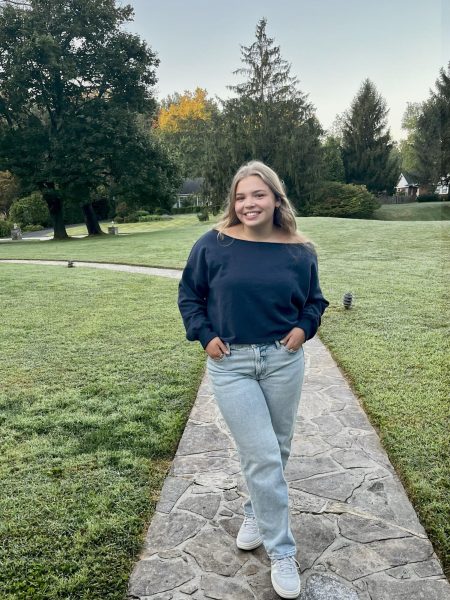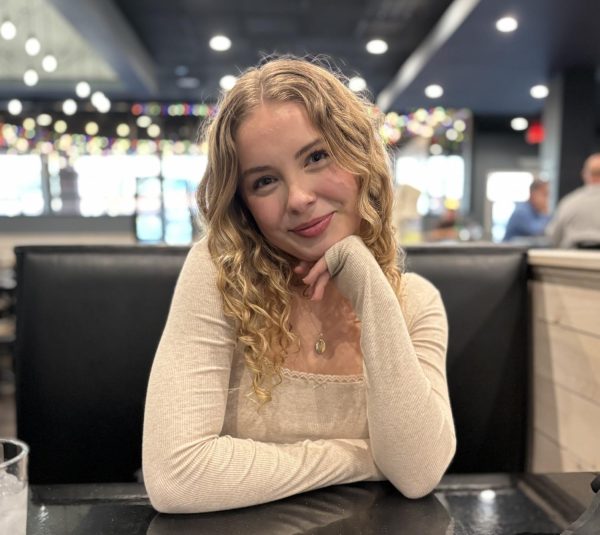This past month, on Friday, February 21st, Fallston held its annual blood drive. For the past twenty years, the American Red Cross Association has packed its equipment and headed over to our school, and for eleven of those years, Mrs. Canatella has been advising it. She does everything from coordinating to participating in the blood drive.
Helping out behind the scenes was the Student Government Association. Some of the SGA helped people who weren’t feeling good by handing out snacks, and others signed donors in. They recorded a total of 19 participants who gave blood and around 30 who signed up to give; a total of 11 participants were deferred.
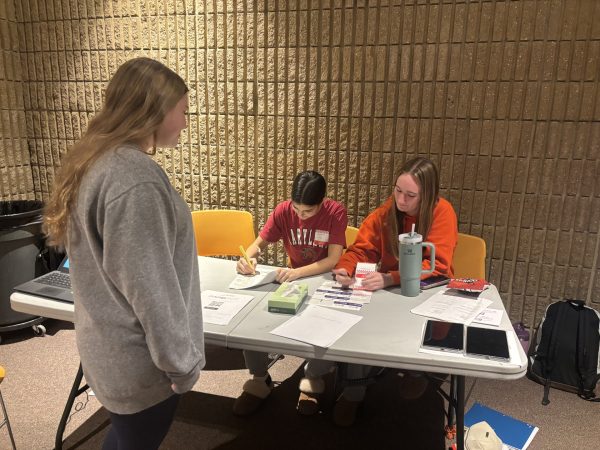
The process begins with a series of health questions that may eliminate donors from participating. A Red Cross assistant asks donors about travel, high-risk behaviors, and medications. If you pass the questionnaire, they must then test your red blood cell count, more specifically your hemoglobin, which builds red blood cells. To do so, they take a small prick of your finger and put a tiny drop of your blood into a HemoCue machine. The machine tests if your hemoglobin count is in range (for females 12.5 and up and males 13 and up). In addition to the iron level testing, they must ensure you have a stable blood pressure count.
Once participants pass the questionnaire and their hemoglobin count is deemed normal, they may then move on to the blood drawing. Mrs. Canatella describes the health history as “the hard part” and the blood draw itself was “quick & easy” taking only 5-10 minutes.
The Print interviewed some of the heroic students who gave blood. According to Junior Logan Giuffrida, “The [workers] were pretty nice and easy about it, they made sure you were relaxed, and we got to eat some snacks afterwards.”
Students participated for a variety of reasons, most of which had to do with students’ pre-existing familiarity with the process, coming from families who also donate – Junior Kasey Resh, for example, who “did it last year and [her] mom is a nurse, so [she hears] about all the different things that she does.”
Regardless of the reason they did it, each participant did it to be a part of a bigger cause. “It’s cool knowing that I saved three lives,” says junior Matilda Blouin. “It’s a cool experience, and if you’re able to [donate], you should.”
According to Mrs. Canatella, the goal is “for everybody to have a good experience. That way they are more inclined to give when they’re older.” Around this time each year she calls the local Red Cross blood drive coordinator, and they pick a date for the process. Red Cross employee Leslie says the reason they visit high schools in the area is to “get young donors excited about giving blood.”
For more information you can visit redcrossblood.org. All donors receive follow up emails and can download the redcrossblood app on the Appstore to follow their “blood’s journey.” It’s a “one stop shop for blood donations,” as Mrs. Leslie calls it. The app also displays your donor card and shows you where your blood went. If you’re thinking about donating blood, not only is it a simple contribution, but it can also make a significant impact on your community and change a person’s life.
